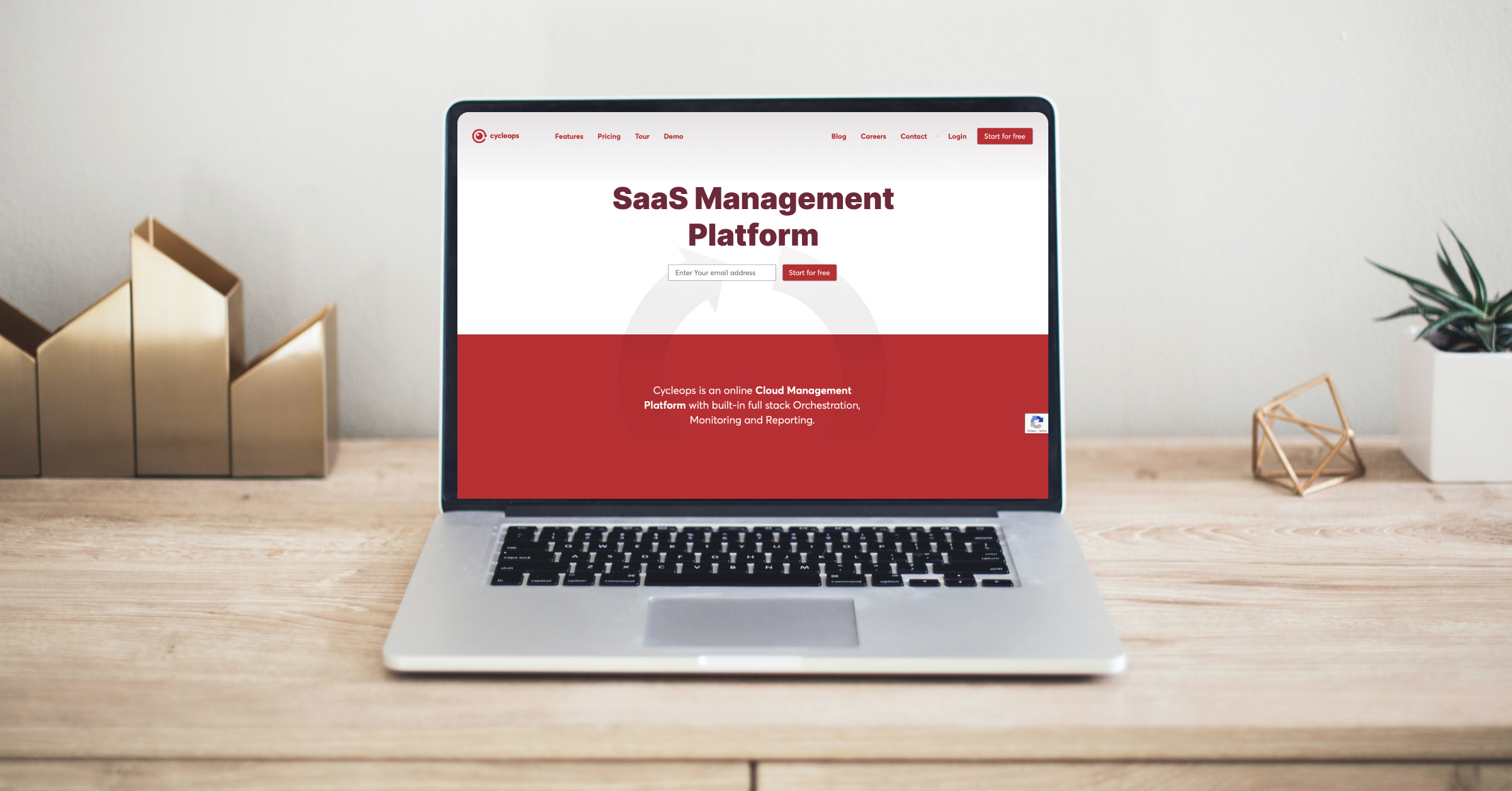The advancements in cloud computing enabled many businesses to shift to the subscription-based software licensing model, as part of their digital transformation initiative. This brought about the rapid pace of SaaS (Software-as-a-Service) adoption — and with it, many growth opportunities. However, SaaS created many challenges, as well. Especially for CIOs who, suddenly, had to manage all these new SaaS applications, in their already overloaded daily schedule. Thankfully, though, using a wholesome SaaS Management Platform helps CIOs organize this ‘SaaS chaos’, and address urgent operational challenges.
What is SaaS Management?
Simply put, SaaS Management is the practice of managing, and proactively monitoring SaaS applications within a company’s IT portfolio. In other words, SaaS Management allows you and your IT team to oversee and manage the SaaS tech stack in an automated and scalable manner. For instance, you can easily and effectively complete tasks like:
- purchasing,
- users and devices on/off-boarding,
- monitoring license usage
- renewing services, and
- tracking compliance.
Nevertheless, you can’t streamline your SaaS management practices without a SaaS Management Platform. Put another way, adopting a SaaS Management Platform is a smart move if your business relies on subscription-based applications.
What is a SaaS Management Platform, and why do you need one?
A SaaS Management Platform is an all-in-one tool that allows you, as a CIO, to manage the daily operations of your company’s SaaS applications. So, without it, you and your team couldn’t track the company’s SaaS footprint properly. So, to give you a better idea of what a SaaS Management Platform can do, how about we explore some of its advantages?
5 Benefits of SaaS Management Platforms
1. Offers a single, centralized point of control and action
A SaaS Management Platform serves as a single, centralized location that collects all the data you need to gain full visibility into the IT environment. In other words, you can manage all your SaaS activities centrally, without having to log in to each application separately. At the same time, the platform serves as a centralized user management tool, allowing you to:
- implement role-based controls,
- manage employees and tasks,
- understand how each app is being used;
- and, even prevent shadow IT
2. Secures the IT environment
Thankfully, any SaaS Management Platform can help secure your IT environment, in multiple ways. Using the information it pulls in from your connected SaaS applications, it can quickly locate potential insider threats, while preventing security breaches and data loss.
3. Keeps track of SaaS applications and their usage
One of the main reasons for employing SaaS Management Software is to avoid having unmanaged or mismanaged applications — or overlapping services and technologies — that may be financially draining the company. To that end, a SaaS Management Platform enables you, as a CIO, to:
- detect which SaaS apps are being utilized or not,
- gain usage insights, and
- control access to them.
4. Allows SaaS license management
Your SaaS applications greatly depend on your ability to identify and catalog your SaaS assets accurately. Of course, any misuse of your licenses can have grave consequences, leading to agreement violation or unnecessary spending. That’s where SaaS licensing management comes into play, to help you manage your SaaS licenses, and ensure that you’re using the most streamlined options. To that end, with SaaS Management Software at hand, you can:
- track down all licenses, and check whether there are any duplicates
- manage license users,
- locate associated costs and fees.
5. Reduces SaaS spend
We’ve seen, so far, that a SaaS Management Platform allows you to track any unutilized SaaS or duplicate service, and manage your SaaS licenses properly. These, alone, can help you reduce expenses associated with your SaaS applications. But, such a platform can additionally provide you with various important insights that can help you:
- optimize your purchasing decisions
- reduce SaaS costs, and
- accurately forecast your SaaS expenses
Helping businesses become more resilient and agile
Nowadays, companies are turning to SaaS Management to keep their SaaS applications robust, while mitigating security and compliance risks. Yet, without a comprehensive SaaS Management Platform, managing a SaaS landscape effectively is easier said than done. So, that’s why CIOs need such a tool, to manage, control and automate the company’s application(s), and enhance their operational processes.
With all of the above in mind, it stands to reason that the value of SaaS management platforms will only increase over time, as they continue to evolve and help businesses become more resilient and agile in the ambiguous digital age.
